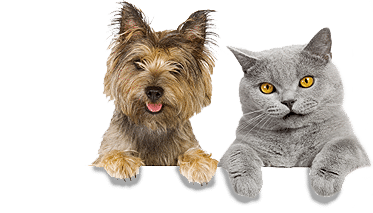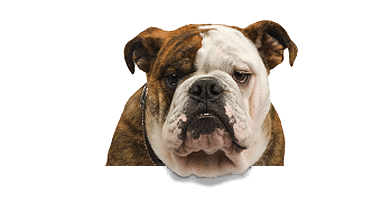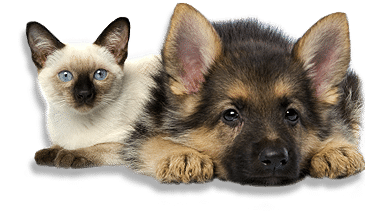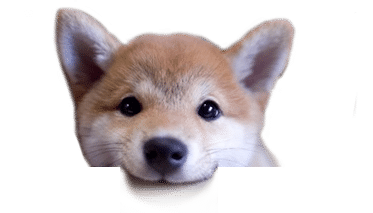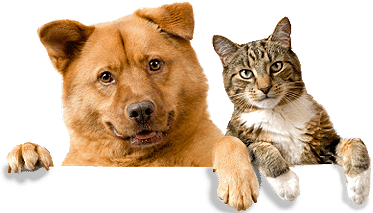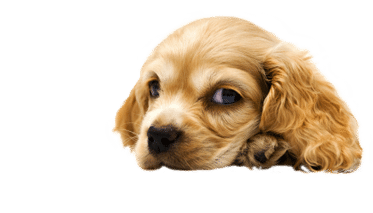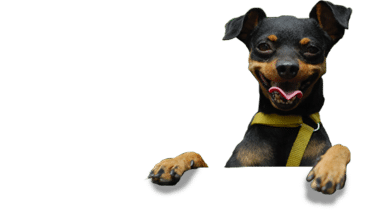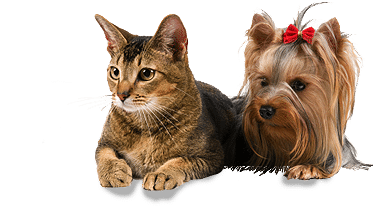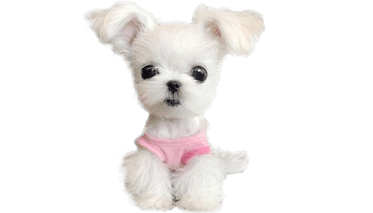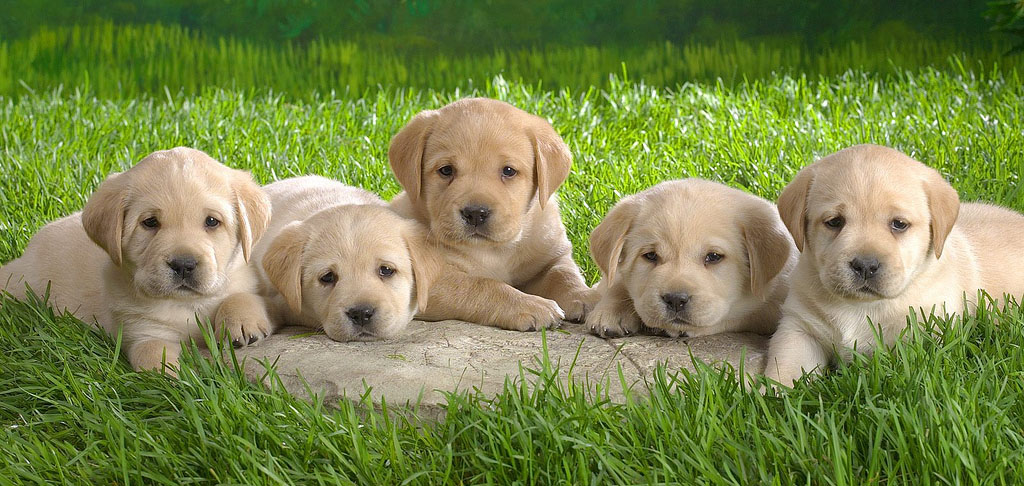Caring for a puppy requires knowing how to take care of his coat, skin, and nails. Tips on these topics are offered here.
Grooming can start right away with the new puppy. Many owners think that it is a mistake to bathe or brush dogs under six months of age. They worry that bathing will dry out the coat or that brushing may be too rough on a puppy at this age. The opposite is actually true. Many puppies will come from the breeders or animal shelter with a dirty or smelly coat. These dogs need to be bathed and it will do no harm. There are numerous shampoos on the market designed to be gentle on a puppy’s skin and hair coat plus most of these will not burn or irritate the eyes. Whenever a puppy gets dirty, it is okay to bathe him.
Bathing a puppy
In the past, the generally accepted advice was that frequent bathing of your pet would damage the coat. Although this belief was never true, it was not until recently that the make-up and function of dogs’ hair coats has been understood. Biochemically, the skin and hair of the normal puppy is very similar to that of a human. Both human and puppy skin and hair are comprised of protein with oil as a lubricant. Modern shampoos designed for dogs of all ages and coat types enable the owner to bathe their pet as often as desired, in some cases, daily. The average puppy probably commands a bath at least weekly. This not only helps control odor by removing excessive dander, oil, and bacteria, but also is hygienic in helping to prevent dirt-related skin infections. Special mild shampoos such as Drs. Foster & Smith Tender Eyes Puppy Shampoo are specifically formulated to meet the needs of puppies. Hypoallergenic shampoos are also available for puppies and adult dogs who have sensitive skin. The bottom line is – with the proper shampoo, the normal puppy can be bathed as often as necessary.
Most puppies, especially the very young, enjoy the bathing process. Begin by brushing or combing the coat to remove dead hair, dirt, mats, and burrs. Next, place a small drop of sterile eye ointment in each eye to provide a protective film. Wet the hair coat thoroughly all the way to the skin. Use warm but not hot water. Once wet, apply shampoo and lather just as you would your own hair. Let the shampooed pet sit (under supervision) for five minutes, then rinse thoroughly. Rinsing is the most important step, as retained shampoo will cause the hair coat to appear too dry. At normal room temperature, it is fine to simply let the puppy air dry once the excess water has been removed with a towel. If a hair dryer is used, be sure to set it on a cool (not warm or hot) setting. Dry shampoos are available for use on a puppy that does not like water. Dry shampoos are applied without water and brushed through the hair coat. They help, but are not nearly as effective as a wet bath.
Brushing
Brushing the hair coat of young pups will feel just as good to them as it does to older dogs. It has similar effects on puppies in that it cleans the coat, removes loose hair, and stimulates the oil glands of the skin. Our favorite brushes for young dogs are the “pin and bristle” brushes. They have metal pins on one side and soft bristles on the other. They can therefore be used on any kind of dog. At this age, the puppy will see the brushing as just another form of petting. Get them used to it now so they will let you do the same when they are adults.
Nail trimming
Puppies should have their nails trimmed if this was not done by the previous owner. Puppy nails have tiny sharp points on them and these can easily scratch you, the children, or your furniture. After this initial trimming, puppies are usually active enough to keep them worn down for four to six weeks. After that, check them and trim them just as you would the nails on older dogs.

